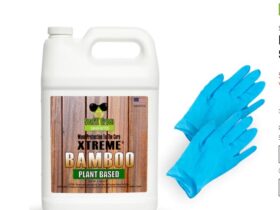The beauty industry is a dynamic and ever-evolving sector, with countless cosmetic products flooding the market each year. From skincare essentials to makeup must-haves, consumers have an array of choices to enhance their appearance and boost their confidence. However, behind the allure of these products lies a complex web of regulations set forth by the Food and Drug Administration (FDA) to ensure consumer safety and product efficacy. Navigating FDA cosmetic regulations is crucial for manufacturers, distributors, and consumers alike. In this article, we delve into the intricacies of FDA cosmetic regulations to provide a comprehensive guide for stakeholders in the beauty industry.
- Understanding FDA Oversight:
The regulation of cosmetics in the United States falls under the purview of the FDA, governed primarily by the Federal Food, Drug, and Cosmetic Act (FD&C Act) and the Fair Packaging and Labeling Act (FPLA). Unlike drugs, which require premarket approval, cosmetics do not undergo such scrutiny before reaching the market. However, they must comply with stringent labeling, ingredient, and manufacturing requirements to ensure consumer safety.
- Labeling Requirements:
Proper labeling is essential for providing consumers with vital information about the products they use. According to FDA regulations, cosmetic labels must include the identity of the product, net quantity of contents, manufacturer information, ingredient listing, and any appropriate warnings or directions for safe use. Failure to comply with labeling requirements can result in regulatory action and consumer mistrust.
- Ingredient Safety:
While the FDA does not pre-approve cosmetic products, it regulates the safety of cosmetic ingredients to safeguard consumer health. Manufacturers are responsible for ensuring that their products and ingredients are safe for consumer use when used as directed. Certain substances, such as color additives, are subject to specific FDA approval before use in cosmetics.
- Good Manufacturing Practices (GMP):
Adherence to Good Manufacturing Practices is essential for maintaining the quality and safety of cosmetic products. GMP guidelines encompass various aspects of production, including personnel training, facility cleanliness, equipment maintenance, and quality control measures. By following GMP standards, manufacturers can minimize the risk of contamination or adulteration.
- Adverse Event Reporting:
Manufacturers are required to report any adverse events associated with their cosmetic products to the FDA. This includes incidents such as allergic reactions, infections, or other adverse effects resulting from product use. Timely reporting is crucial for identifying potential safety issues and implementing corrective actions to protect consumers.
Conclusion:
Navigating FDA cosmetic regulations requires diligence, expertise, and a commitment to consumer safety. By understanding and complying with these regulations, manufacturers, distributors, and consumers can contribute to a culture of transparency, accountability, and trust within the beauty industry. Embracing regulatory compliance not only ensures legal compliance but also fosters consumer confidence and loyalty. As the beauty industry continues to evolve, adherence to FDA cosmetic regulations remains paramount to promote health, safety, and well-being among consumers worldwide.







